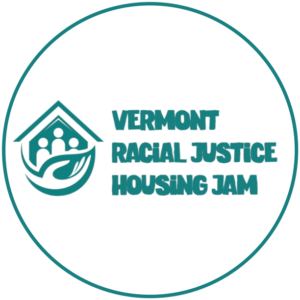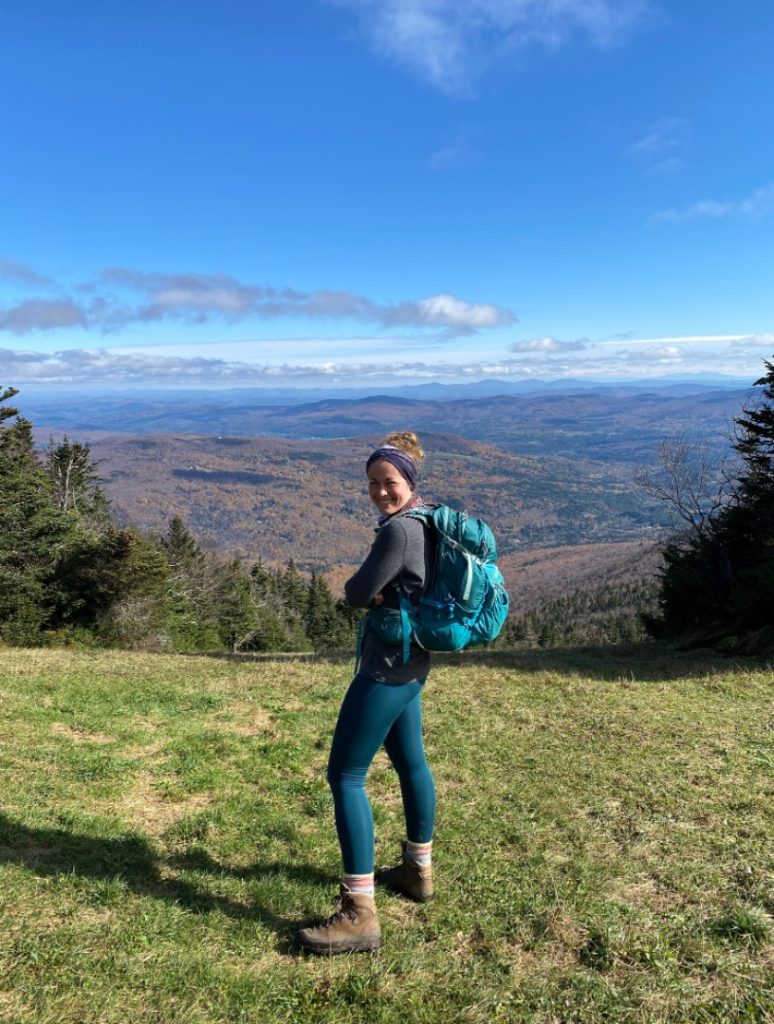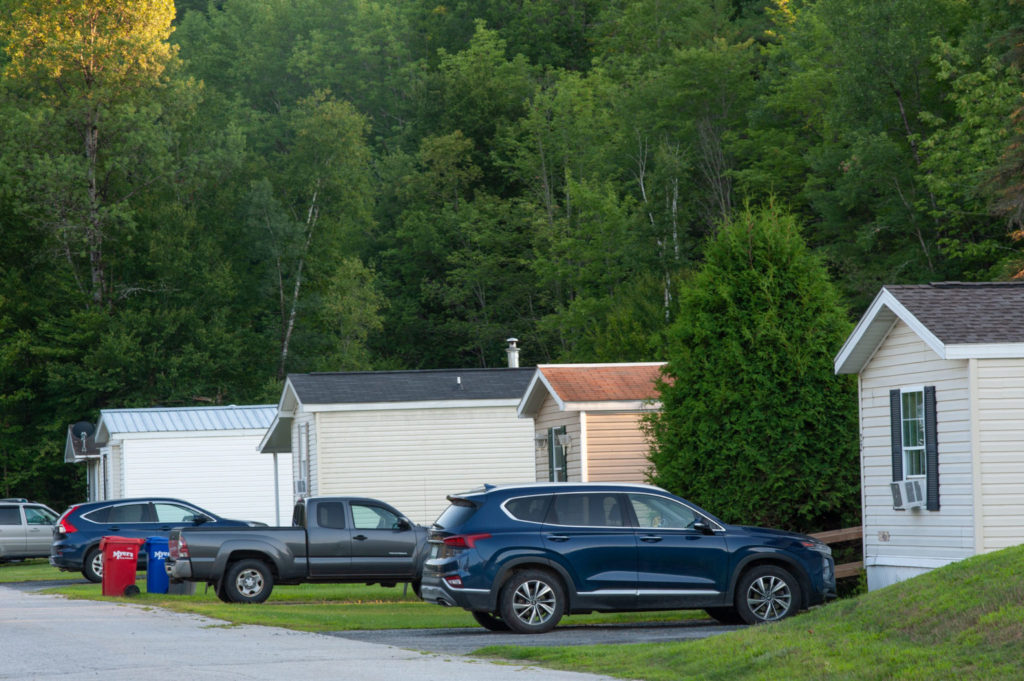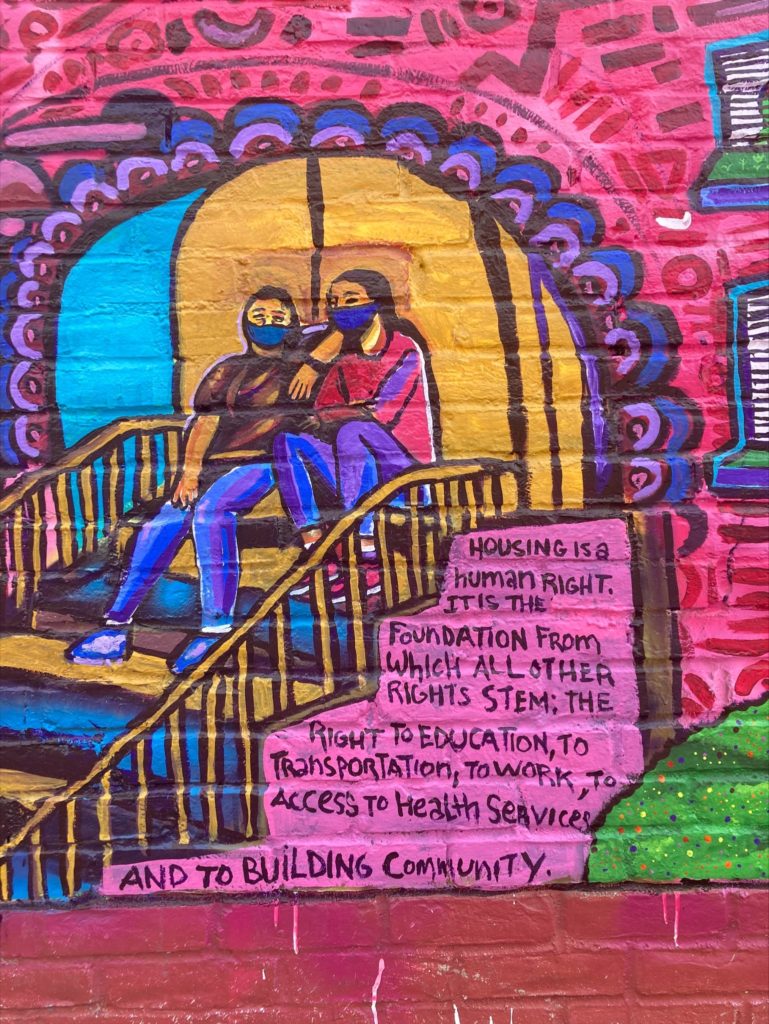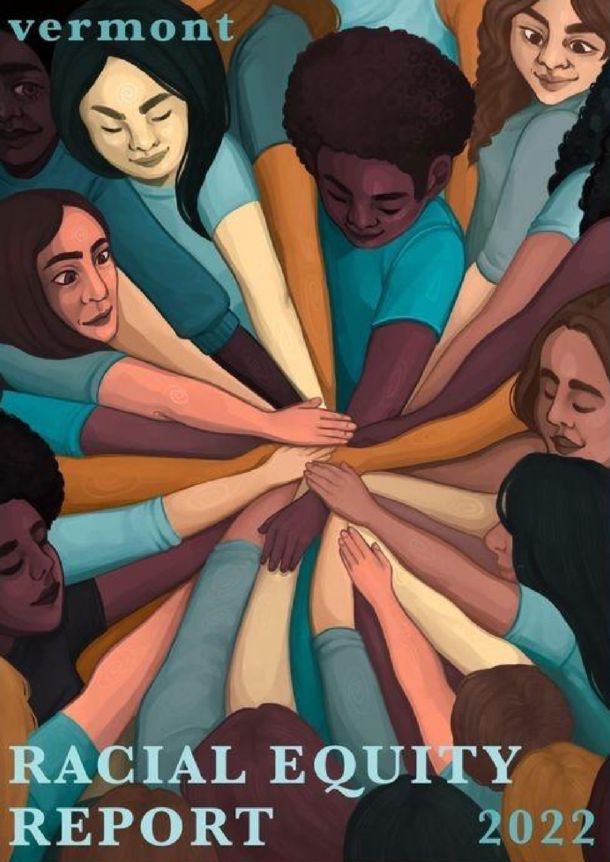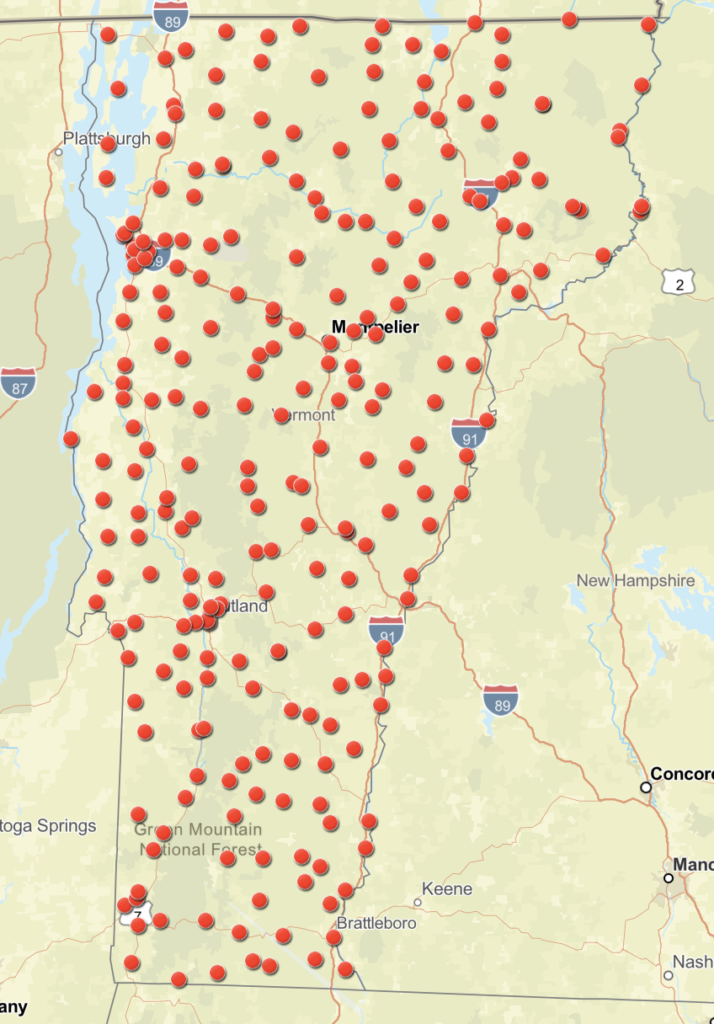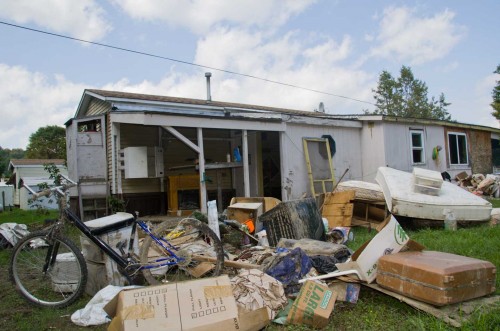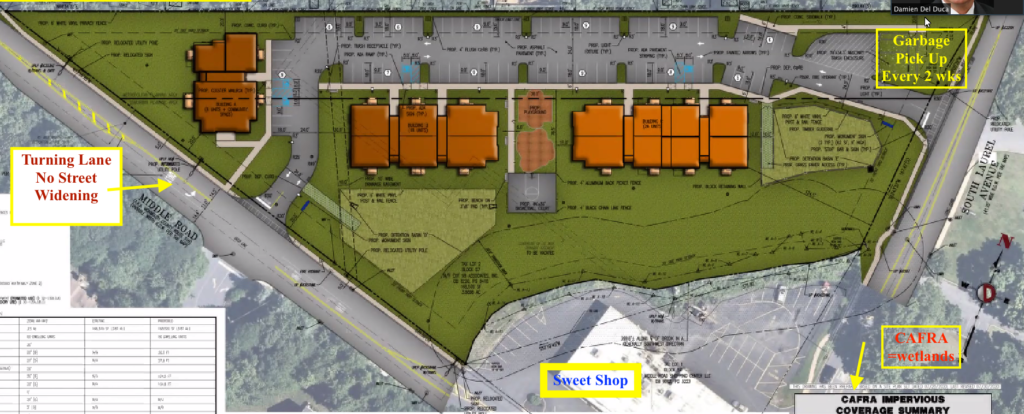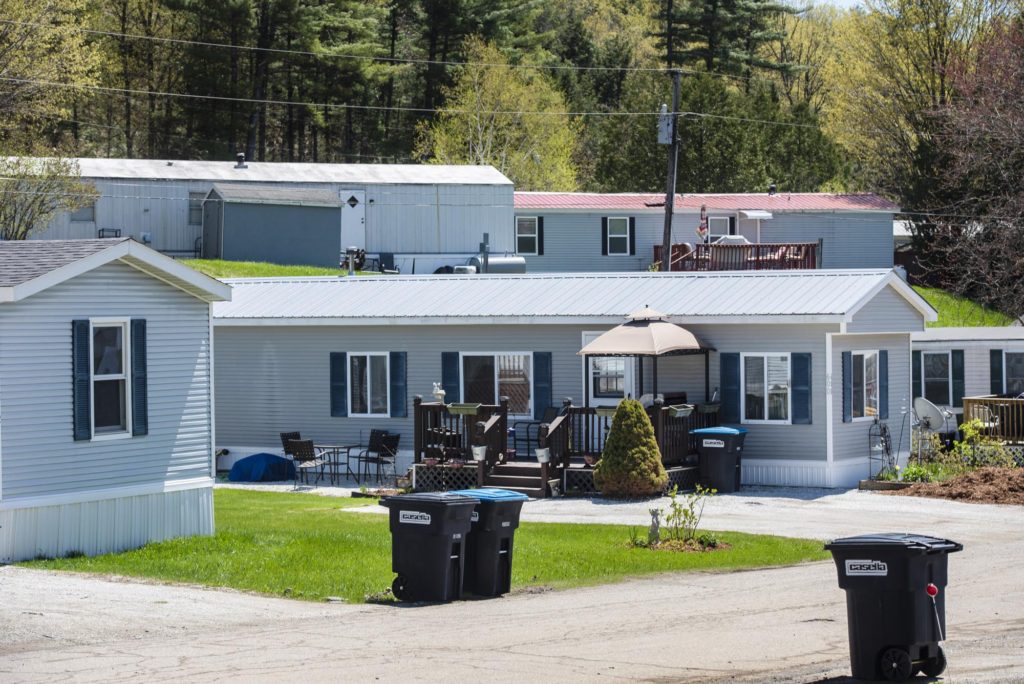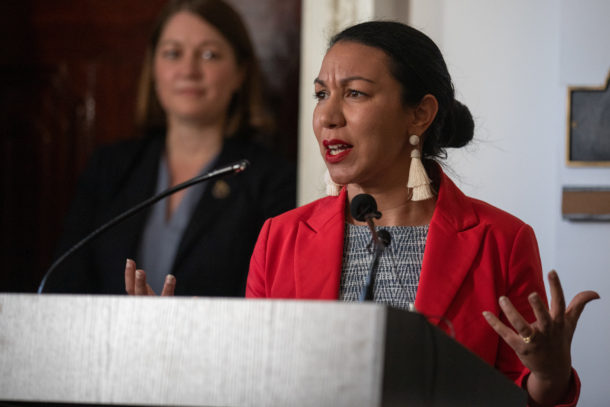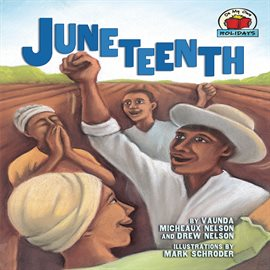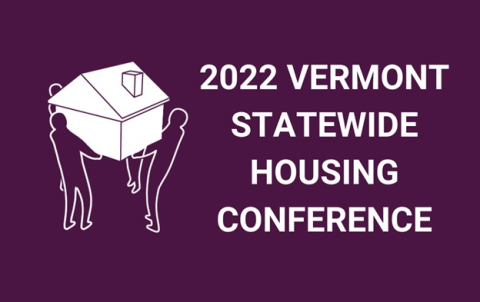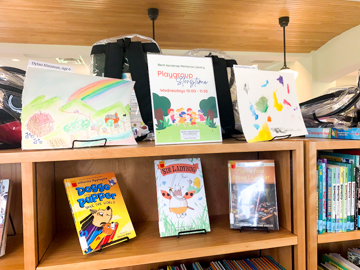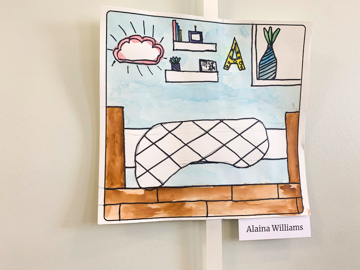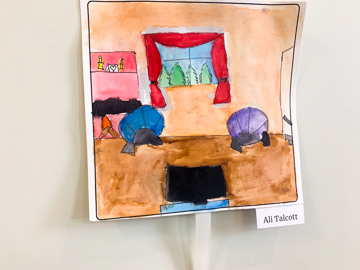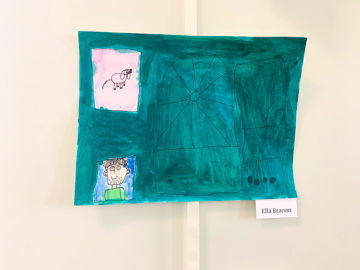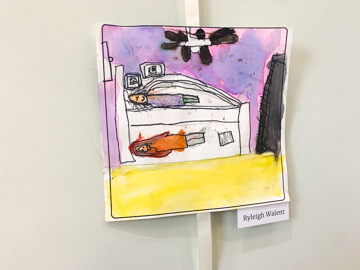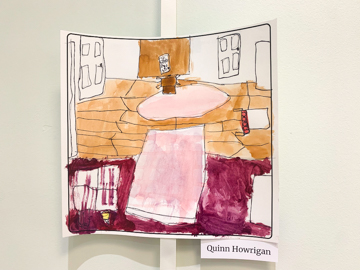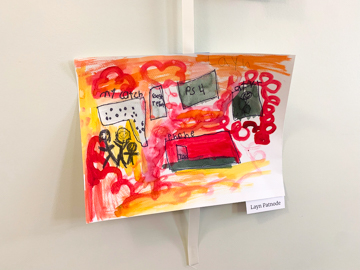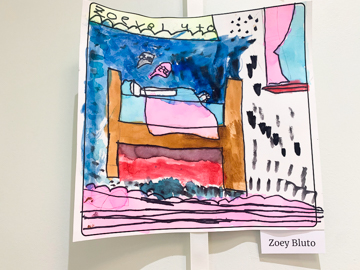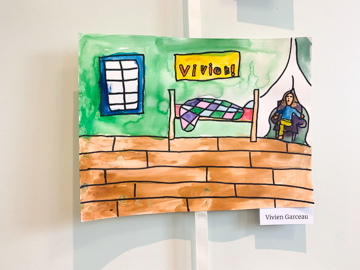Limited conference scholarships available for Housing Committee members: Nov. 11 deadline
 VHFA’s 2022 Vermont Statewide Housing Conference is Wednesday, Nov. 16 in Burlington. The day includes an exciting lineup of interactive sessions that cover policy tools, community case studies, and strategies for pulling together the pieces needed to solve Vermont’s big housing problems.
VHFA’s 2022 Vermont Statewide Housing Conference is Wednesday, Nov. 16 in Burlington. The day includes an exciting lineup of interactive sessions that cover policy tools, community case studies, and strategies for pulling together the pieces needed to solve Vermont’s big housing problems.
Among the highlights:
- This year’s theme is “What YOU can do to help solve the housing crisis”
- Keynote speaker Cornell Professor Sara Bronin will discuss her work on how law and policy can foster more equitable, sustainable, and connected places.
- The Fair Housing Project of CVOEO is facilitating a special session for local Housing Committees with co-hosts Katie Ballard (Essex/Essex Junction Joint Housing Commission), Eric Durocher (Dover & Wilmington Bi-Town Housing Committee), Saudia Lamont (Lamoille Working Communities Challenge Housing Committee), and Sarah Martel (Thetford Housing Committee).

“Making change at the local level: Housing committee roundtable” will bring together members of housing committees from all over the state to discuss common challenges and opportunities, share innovative practices and policies, and brainstorm ways to collaborate with and learn from each other. This facilitated, attendee-driven session is intended for members of active and developing housing committees (municipal housing commissions, community groups focused on affordable housing, and everything in between). It’s a way to learn from other groups with similar goals, share your successes, and identify solutions to common challenges, such as refinement of mission, funding, cross-sector collaboration, equity and representation, member recruitment, community outreach, affordable housing messaging, and more. Through small group and full group discussion, attendees will gain a better understanding of the breadth and depth of housing committee activities, pinpoint specific and actionable next steps in their communities, and identify gaps in resources, information, and support. The session is facilitated by Jess Hyman of CVOEO with co-hosts from the four different Housing Committees .
The Housing Committee session is just one of more than a dozen workshops throughout the day that include opportunities to learn about the latest tools and best practices related to housing affordability and inclusivity. And, since making new connections and renewing existing ones are critical to putting ideas into practice, there will be plenty of networking breaks and a late afternoon reception overlooking beautiful Lake Champlain.
Register for the conference here.
The Fair Housing Project has a limited number of full registration scholarships available for housing committee members. To request a scholarship, please email fhp@cvoeo.org with “Conference Scholarship” in the subject line. The request deadline is Friday, Nov. 11. For municipal housing committees and participants who work for housing-related organizations, we ask that you first check to see if your town/city/organization can cover the registration fee.
We’re looking forward to seeing you on the 16th!
And here’s a great resource for Housing Committees: https://housingdata.org/toolbox/steps-for-municipalities/housing-committees
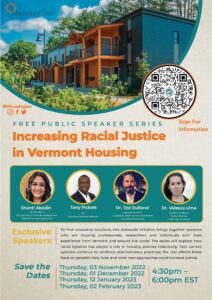 A group of Vermont housing organizations is hosting a
A group of Vermont housing organizations is hosting a 